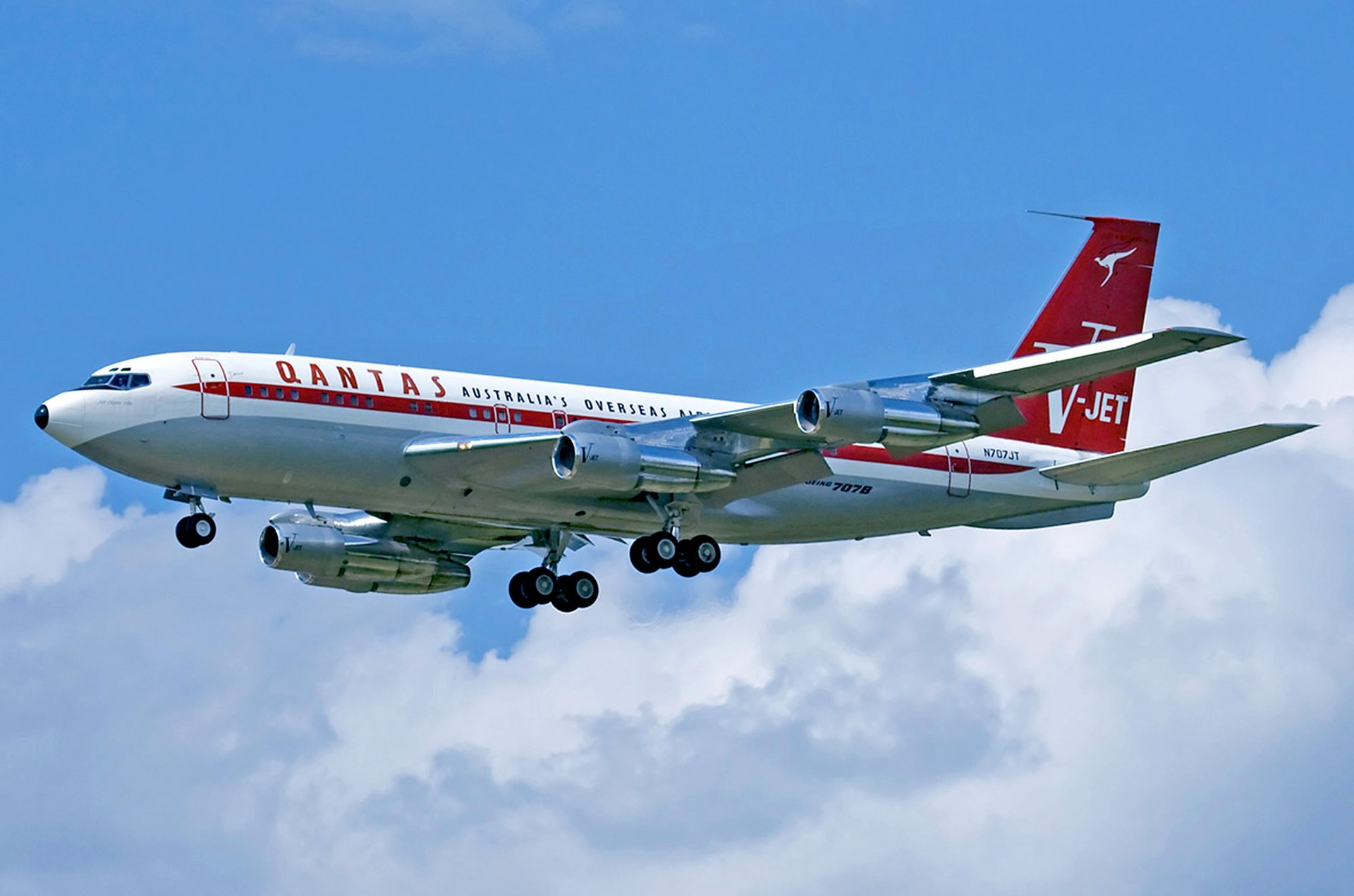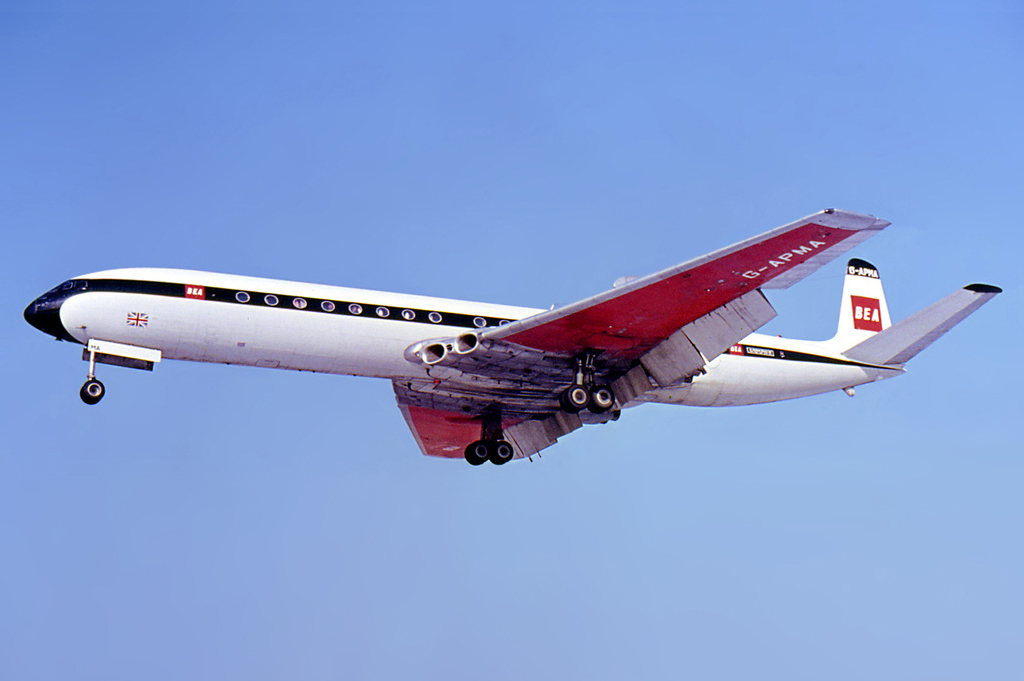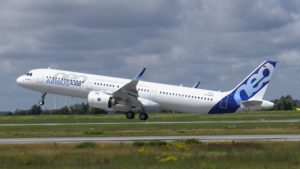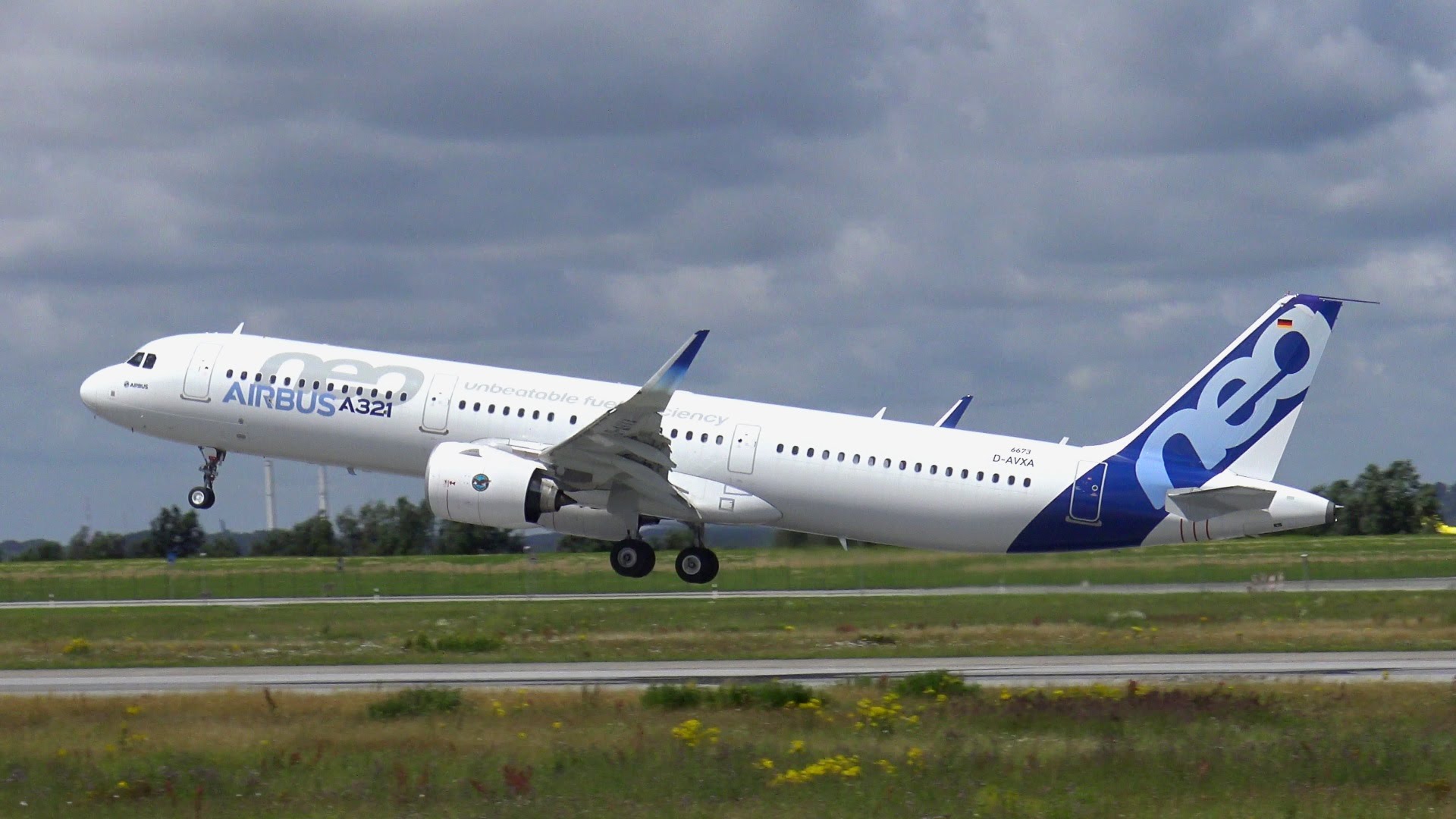Leeham News and Analysis
There's more to real news than a news release.
Bjorn’s Corner: Sustainable Air Transport. Part 35P. Lilium battery cells. The deeper discussion.
Subscription required
September 2, 2022, ©. Leeham News: This is a complementary article to Part 35, Lilium battery cells. It discusses the requirement the Lilium jet principle puts on its battery cells and how this is solved, both with a modified cell type and with some operational adaptations.
Engine Development. Part 3. The early turbofans.
Subscription Required
By Bjorn Fehrm
Introduction
September 1, 2022, © Leeham News: Last week, we looked at the motivation to change from propeller engines to jet engines as higher cruising speeds were sought for airliners.
We learned the straight jet engine, while good for military jets, wasn’t well suited for civil airliners. It was noisy and fuel-thirsty. It was why the subsequent engine development, the turbofan, was quickly accepted by the airlines.
Summary
- The first turbofans from Rolls-Royce, Pratt & Whitney, and GE had different designs.
- The advantages of the turbofan over the straight jet were quickly recognized. The turbofan has been the choice for airliners since the late 1950s.
Engine Development. Part 2. The early jet engines.
Subscription Required
By Bjorn Fehrm
Introduction
August 25, 2022, © Leeham News: Last week, we started a series about jet engine development for our air transport aircraft. The jet engine came to replace the piston and gas turbine propeller engines when airplanes sought higher cruising speeds.
In the second part of the series, we look at why the jet engines were developed and their advantages and disadvantages compared to what they replaced.
Summary
- When the propeller engine came to its speed limits, the straight jet engine was the answer.
- While it helped with speed, it created other problems.
Orders at Risk: Summer 2022 Snapshot
Subscription Required
By Vincent Valery
Introduction
Aug. 22, 2022, © Leeham News: The ink has now dried on the orders signed at the 2022 Farnborough Air Show. Boeing announced more orders than Airbus, mainly because of a sold-out A320 production line well into the future. Airbus also announced orders shortly before and after the Air Show.
Airbus and Boeing also disclosed their second quarter of 2022 earnings and July orders and deliveries, the first post-Farnborough update. OEMs are more likely to reassess the quality of their order books before disclosing future earnings.
Airbus and Boeing have outstanding orders with airlines where there is a material probability some orders won’t translate into deliveries. Most were the result of airlines encountering financial difficulties, but some were related to contractual disputes. Boeing flags such orders as subject to an ASC 606 accounting rule adjustment.
Unlike Boeing, Airbus isn’t subject to an accounting rule like the ASC 606 adjustments. Therefore, the European OEM does not break down the orders at risk of cancellation by the program. Airbus only discloses the nominal value of its total adjusted order book in its annual report.
LNA analyzed July 2020, November 2020, August 2021, and February 2022 Airbus’ and Boeing’s order books to identify orders at risk and come up with an apples-to-apples comparison. We update this analysis with the latest order books from both OEMs. The above links explain our methodology and its differences with Boeing’s ASC 606 adjustments.
Summary
- Lingering order book cleanup for older programs;
- The Boeing-China factor;
- A healthier single-aisle Boeing order book;
- Updates on the A330neo and large twin-aisle aircraft order books;
- One aircraft variant stands out.
Bjorn’s Corner: Sustainable Air Transport. Part 33P. eVTOL batteries. The deeper discussion.
Subscription required
August 19, 2022, ©. Leeham News: This is a complementary article to Part 33, eVTOL batteries. It discusses the trickiest system on an eVTOL, the battery system.
While Lithium Ion batteries have come a long way since the electric flight ideas took off in 2015, the battery system is still the biggest challenge for eVTOL designers, not only for total energy content but for a range of parameters.
Engine Development, Part 1: Launch to Entry into Service
Subscription Required
By Vincent Valery
Introduction
Aug 18, 2022, © Leeham News: LNA analyzed the evolution of commercial aircraft development timelines last month. The time between a program launch and entry into service significantly increased over time, including for derivatives.
The increase in development time is primarily the result of more complex and safer airplanes. Introducing new materials, notably a more extensive use of composites, also explain longer development timelines.
LNA now starts a new series on the topic of commercial aircraft jet engines. The goal is to go through significant innovations from the beginning of the jet age.
This first article analyses whether engine development time between launch and entry into service increased significantly over time.
Summary
- Military development led to the first commercial jet engines;
- The divergence between military and commercial programs;
- Pushing the envelope of the same fundamental engine architecture;
- Harder to identify development timeline evolution.
Boeing prepares to swap engines from MAX inventory to new production
Subscription Required
By Scott Hamilton
Aug. 15, 2022, © Leeham News: Boeing CEO David Calhoun says the company won’t build 737 gliders. That’s what airplanes are called as they exit final assembly without engines. The mitigation ironically comes from a circumstance that bedeviled Boeing since March 2019.
Planning is underway to take engines from the large inventory of stored 737 MAX aircraft to install on new production airplanes, LNA confirmed.
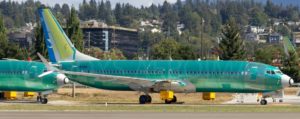
Engineless Boeing 737 MAXes in 2018. Boeing is making counterweights to hang on the new-production airplanes if CFM can’t deliver engines on time. Credit: Woody’s Images.
Boeing is producing 20-30 ship sets of counterweights, LNA is told. The counterweights are yellow blocks hung from the pylons to which engines are attached. The weights are needed to prevent the airplanes from sitting on their tails without the heavy engines installed. The counterweights will be installed on the stored airplanes when the CFM LEAP-1B engines are removed to install on new production aircraft as they roll off the final assembly line in Renton (WA).
In 2018, some MAXes rolled off the final assembly line without engines when CFM deliveries couldn’t match the production rate then.
Airbus has upward of 30 A320 gliders because CFM and Pratt & Whitney can’t deliver engines on time due to supply chain issues. Boeing, struggling to return to the 2019 737 production rate of 52/mo following the 21-month grounding of the MAX and a slow recovery from the COVID pandemic, hasn’t produced gliders yet. CFM is the exclusive engine supplier for the MAX.
The industries’ CASM trap
Subscription Required
By Bjorn Fehrm
Introduction
August 11, 2022, © Leeham News: The airliner world measures efficiency in CASM, Cost per Available Seat Mile, and RASM, Revenue per Available Seat Mile. An airliner with more seats then has lower CASM or RASM.
Looking at seat counts, we can see that the hottest selling single-aisle, the Airbus A321neo, is closing the gap to widebodies like Boeing’s 787-8 and Airbus’ A330-800.
So it’s CASM, and RASM should be phenomenal. Or is it? Are we comparing correctly, or are these Apples and Oranges comparisons? We use the cabin generator of our airliner performance model to understand it better.
Summary
- The measurement of economics per seat makes sense for internal airline work.
- When comparing different airliner types in the same size class or between types (single-aisle, widebody), it’s the wrong method.
Can China pass on Boeing airplanes? A deeper look
Subscription Required
By Vincent Valery
Introduction
Aug. 8, 2022, © Leeham News: The FAA lifted the Boeing 737 MAX grounding more than 18 months ago. However, Chinese airlines still have not returned their 737 MAX fleets to passenger service.
Chinese airlines have also not taken delivery of any 737 MAX since March 2019. Separately, a Boeing 777-300ER for China Southern Airlines has now been pending delivery for more than two years. While Airbus announced a large A320neo order from Chinese airlines on July 1, no similar order materialized for the 737 MAX at the Farnborough Air Show.
The above raises the question of whether China intends to place new commercial aircraft orders with Boeing. Last year, LNA concluded that China could not rely exclusively on Airbus and COMAC to meet its aircraft requirements.
This article revisits whether Chinese airlines can do without Boeing for single-aisle and twin-aisle aircraft. Airbus announced its intention to increase A320 family production to 75 per month by 2025. The analysis incorporates replacement needs but also looks at different growth assumptions to see whether output by non-Boeing OEMs can accommodate the fleet requirements of the Chinese market.
Summary
- Current China passenger fleet profile;
- Fleet replacement and growth rate assumptions;
- Estimating maximum possible production rates for China without Boeing;
- China needs Boeing airplanes in most scenarios.


